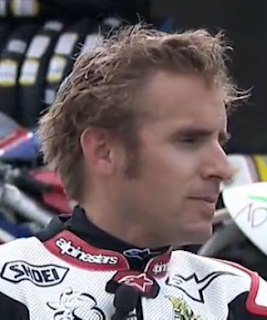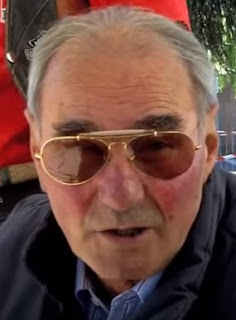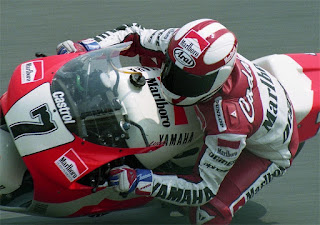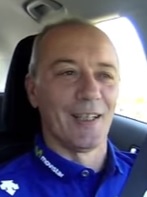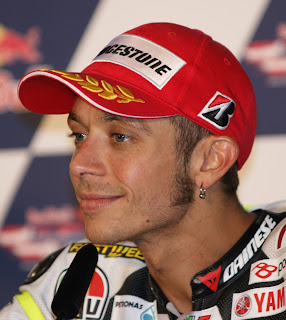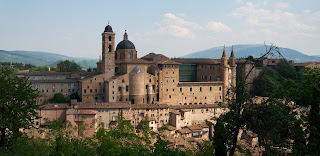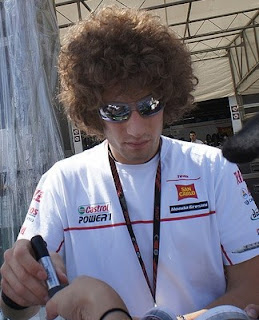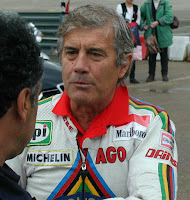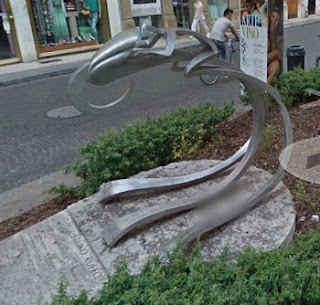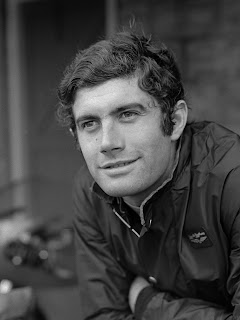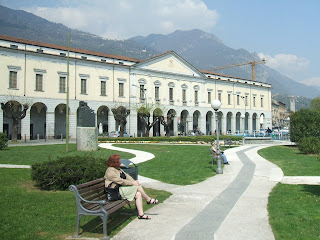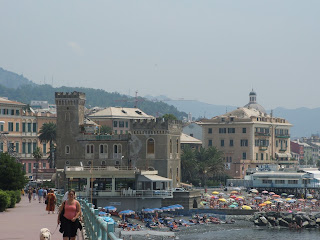Sicilian count who founded MV Agusta motorcycle company
Count Domenico Agusta, who founded the all-conquering MV Agusta motorcycle company in 1945, was born on this day in 1907 in Palermo.
Domenico Agusta founded
MV Agusta in 1945
Originally set up as a means of keeping the family’s aeronautical company in business after aircraft production in Italy was banned as part of the post World War II peace treaty with the Allies, MV Agusta became such a giant of motorcycle racing that their bikes claimed 38 MotoGP world titles in the space of 22 years as well as 34 victories in the prestigious Isle of Man Tourist Trophy.
MV Agusta made world champions of eight different riders, including two of the greatest Italians in motorcycle racing history, Giacomo Agostini and Carlo Ubbiali. Agostini won 13 of his record 15 world titles riding for MV Agusta.
Domenico Agusta was the son of Giovanni Agusta and hailed from a Sicilian family with aristocratic roots. Both father and son exercised their right to use the title of count.
Agusta senior designed and built his first aeroplane in 1907, the year of Domenico’s birth. After serving as a volunteer in the Italo-Turkish War of 1911-12, Giovanni moved the family north, where he believed there would be greater opportunities to develop his aviation business. They settled in Cascina Costa, a village near the Lombardy town of Samarate, close to where the aeronautical pioneer Gianni Caproni had established an airfield on the site of what is now Milan Malpensa international airport.
Domenico quickly became interested in flying and at 19 he was among the first to serve in the Regia Aeronautica, Italy’s new autonomous aviation armed force, based at Malpensa.
 |
| Giacomo Agostino leads Britain's Phil Read in a 350cc race in 1971 |
For the next 12 years, the company had full order books. However, all that changed in the aftermath of the Second World War. The Paris Peace Treaties of 1947 outlawed the manufacture of aircraft in Italy, sounding the death knell for businesses such as Agusta.
Thankfully, Count Domenico had already turned his thoughts towards diversifying and had proposed motorcycle production as a new line of business, anticipating that a country impoverished by war would have a need for the inexpensive means of transport that motorcycles could provide. By August 1943, in a workshop at Verghera, another village near Samarate, he had developed a 98 cc single-cylinder two-stroke engine and in January 1945 he registered a new company, Meccanica Verghera Srl, for its manufacture.
He wanted to call the light motorcycle he unveiled at a dealership in Milan the following October the Vespa 98, only to find that the Vespa name - the Italian word for wasp - had already been claimed by another manufacturer, Enrico Piaggio, for his motor scooter. He settled instead for calling it simply the MV98, going into mass production in 1946.
 |
| The famous MV Agusta logo familiar to MotoGP fans for almost 30 years |
It is thought the first victory by an MV98 came in October 1946 in a road race held at La Spezia in Liguria, ridden by Vincenzo Nincioni. By the following year, bigger engines were beginning to dominate and Agusta moved quickly to develop 125cc and 250cc machines to compete in two of the classifications that were becoming standard. Franco Bertoni registered the marque’s first track victory in 1947 and won the 125cc Italian Grand Prix at Monza in 1948.
Although Ubbiali would put MV Agusta firmly on the map, winning the 125cc world championship five years in a row between 1955 and 1960 and taking the 250cc title in three of those five years, it was an Englishman, Cecil Sandford, who had become MV’s first world champion, winning the 125cc crown in 1952. Three other British riders - Jon Surtees, Mike Hailwood and Phil Read - became major players in the company’s track success, winning 13 world titles between them, although their achievements would ultimately be put in the shade by Agostini.
The MV Agusta team took 37 constructors’ championships as well before retiring from racing in 1976, having clocked up 270 GP race victories.
Meanwhile, after the ban on aircraft manufacture in Italy was lifted in 1950, Count Domenico had begun to build helicopters under licence for Bell, the American company, before entering into similar arrangements with Sikorsky, Boeing and McDonnell Douglas. He also moved into automobile production, acquiring the OSCA-Maserati company from the Maserati brothers in 1963.
Like his father, Count Domenico died relatively young, passing away in his apartment on Milan’s Piazza Sant’Erasmo in 1971 at the age of 63, having a few days earlier suffered a heart attack.
Travel tip: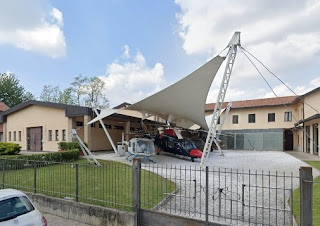
Helicopters on display outside the MV Agusta
museum in Cascina Costa
The headquarters of MV Agusta is nowadays in Varese but Samarate retains its link with the family through Leonardo Helicopters, which is based, like the original Agusta aviation company set up by Giovanni Agusta, in Cascina Costa. Leonardo was formerly known as AgustaWestland. A town of 16,500 inhabitants approximately 40km (25 miles) northwest of Milan and 25km (16 miles) south of Varese, it is only a short distance from the perimeter of Milan Malpensa airport. Motorcycle fans will be keen to visit the Agusta Museum in Via Giovanni Agusta in Cascina Costa, which has an impressive collection of motorcycles and helicopters for a modest entry price.
Travel tip:
Raphael's The Marriage of the
Virgin in the Brera gallery
Count Domenico Agusta’s apartment in Milan was close to the Brera quarter, which is one of the oldest neighborhoods of the city, situated a short distance from the Castello Sforza and the Parco Sempione. Famous for its Bohemian atmosphere, it is home to the Brera Academy of fine arts and the city’s largest art gallery Milan, the Pinacoteca di Brera, which includes works by Andrea Mantegna, Gentile and Giovanni Bellini, Raphael, Caravaggio, Tintoretto, Piero della Francesca and other painters of the Renaissance, as well as more modern works. The surrounding streets contain many popular restaurants.
Also on this day:
1740 (Feb 29): The death of music and art patron Pietro Ottoboni
1915: The birth of juice and jam maker Karl Zuegg
1940: The birth of racing driver Mario Andretti
1942: The birth of footballer and coach Dino Zoff

